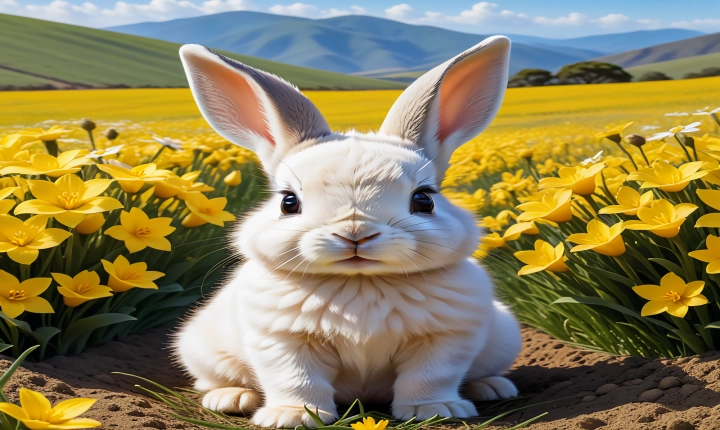Artificial intelligence (AI) has been making significant strides in various fields, including art creation. With advancements in machine learning and deep learning, AI has started to produce remarkable pieces of art that challenge the traditional notions of creativity and authorship. This sparks a vibrant debate about the role of AI in the art world and its impact on human creativity and expression.
One of the most prominent ways AI creates art is through the use of neural networks, which are computer systems designed to mimic the way a human brain operates. These networks can analyze and learn from vast amounts of data, enabling them to generate original artwork based on the patterns and styles they have been exposed to. This process is commonly known as “generative art.”
One popular approach to generative art is style transfer, where AI algorithms learn the distinctive visual features of a specific artist or art movement and then apply those characteristics to new images. For example, an AI program can take an ordinary photograph and transform it into a piece that emulates the brushstrokes of Van Gogh or the visual aesthetics of Picasso.
In addition to style transfer, AI-powered generative adversarial networks (GANs) have gained attention for their ability to create compelling and sometimes surreal artwork. GANs consist of two neural networks – a generator and a discriminator – that compete with each other to produce increasingly convincing art. The generator creates images, and the discriminator evaluates them, providing feedback to the generator to refine its output. This iterative process results in the generation of art that exhibits a high level of creativity and originality.
Furthermore, AI can also assist artists in the creative process by providing inspiration and generating unique visual concepts. By analyzing massive art datasets and learning from diverse influences, AI models can propose novel ideas and compositions that push the boundaries of traditional artistic practices.
However, the rise of AI in art creation raises ethical and philosophical questions. Some argue that AI-generated art lacks the emotional depth and intentionality that human art embodies. Critics contend that authenticity and the human experience are essential components of art, which AI may struggle to capture.
Moreover, the question of authorship becomes blurred with AI-generated art. While the AI algorithms generate the artwork, the human programmers and trainers who design and train the models also play a significant role in shaping the final output. This challenges conventional notions of art ownership and attribution, as it is not always clear who should be credited as the creator of the artwork.
Despite these debates, many artists and creative technologists embrace AI as a powerful tool for exploration and innovation. They view AI as a collaborator that can augment human creativity and expand the possibilities of artistic expression. Rather than replacing human artists, AI is seen as a complementary force that can inspire, challenge, and push the boundaries of what is considered art.
In conclusion, AI has emerged as a compelling force in the creation of art, offering novel avenues for artistic expression and discovery. By leveraging machine learning and generative algorithms, AI can generate visually striking and thought-provoking artwork. As the field of AI art continues to evolve, it will be crucial to navigate the ethical, legal, and philosophical implications of this technological progress, while also embracing the potential for new forms of creativity and collaboration.
